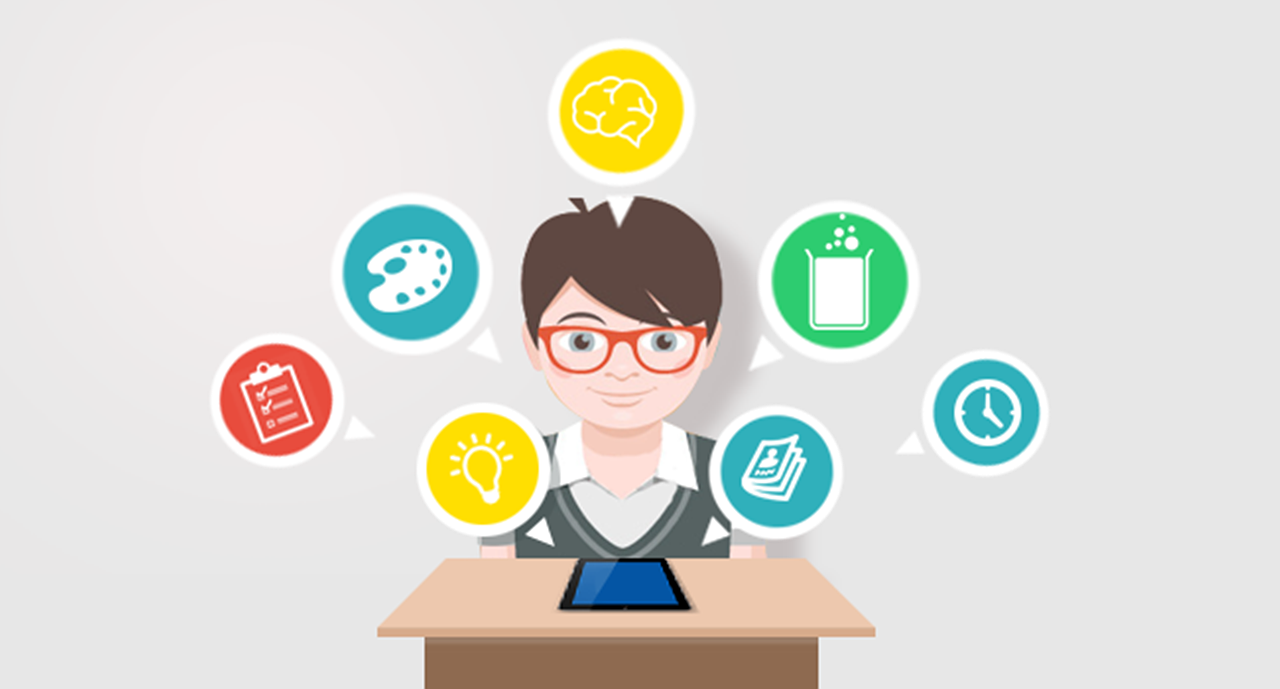Nowadays the education sector around the globe is developing and expanding quite rapidly. Education universities and institutions of the world are facing hardships while trying to align themselves with students’ and stakeholders’ expectations.
Education industry, being a great service sector and having a high economic and social impact resistance with its unique set of challenges, is considered to have a pretty high potential for using Enterprise Resource Planning (ERP) systems.
Certainly, every business activity in education sector is related to student and teacher information, the recording of general and financial data, learning content and syllabus modules and learning process control. With this regard, a cost-effective ERP solution integrated to the following core features can help education institutions to manage their processes:
1. Student Management: registration, admission, student data management, law compliance, course and program management, e-learning systems, integration with external tools and services.
2. Financial Management: budget planning and forecasting, revenue management, cash flow management, fixed assets management, accounting and budgeting, budget allocation, budget and revenue reporting.
3. Human Resources Management: new and existing employee information, employee benefits management, HR resource planning, position management and reporting, employee performance, HR resource management, payroll planning and processing, time and attendance, talent management, recruitment, exit management, training management, succession planning.
4. Learning Management & Content Management: Learning Management System (LMS), integration with external resources & services, Safe learning environment (SLE), integration with external learning platforms, video and other multimedia content.
From one side it seems that time and work organization for such systems’ integrated development is a really tall ask for a service provider in education area. However, there are a number of companies that are building and supporting ERP systems that have gained solid experience in such projects. Such companies are building these systems using industry-specific modules integrated using standard IT architecture and logic. For instance, ERP systems which include such features as Multi-Tenant Architecture and Database Business Rules can be easily integrated with any other company’s products.
ERP Software Benefits
Especially in education area, integration with many current vendors and IoT services gives certain advantages to educational institutions. For instance, it is very convenient to integrate the learning management systems (LMS), video systems, administrative and financial systems to the ERP system as its standard interfaces are well known among the big and small vendors of the market. Using this approach, you get the ability to use something like a custom ERP application which can be modified over time and grown to meet your specific needs.
ERP systems contribute to education efficiency in the following ways:
Communication:
1.Integration with integrated ERP systems at the same network and integrating of information among different departments of the educational institution.
2.Integration of also external services and IoT services with the educational institution’s ERP solution.
3.Administrative management and integration with networked services, either inside or outside the institution in order to facilitate teaching and academic work.
4.Integration with external ERP systems enables interaction between parent institutions and their related educational ones and interaction among academic departments of the same educational institution.
5 Commingling with partners of different kinds of the education industry such as trainers and researchers and integration of the platform with global and regional networks.
Technical:
1.Integration of point-of-sales systems (POS), cash application, accounting and payment systems.
2.Integration of also external services and systems with the educational institution’s ERP solution.
3.Communication with various manufacturers and service providers in various areas which is facilitated by integrating the solution with commercial or public companies’ ERP platform.
As far as communication between institutions is concerned, one of the industry’s leading ERP solutions has been developed as an integrated cloud based application and it has been proved effective and efficient. The solution also offers very easy implementation due to its unique modular architecture.
ERP systems contribute to efficiency of sales and procurement in the following ways:
1.This solution enables management of sales, relations, and inventory in real-time.
2.Providing all sales data and exact business information to the distributors and end customers facilitates better supply and demand management.
3.Integration of the solution with various sales points and distribution channels.
4.Saving a lot of time and money, which is generally spent on handling and transporting of different documents, and integrating the solution with IoT and Smart Devices.
Challenges with Integrating an ERP System
Procedural logistics management options
The main challenge for the development of software systems and applications in the field of education is related to the integration of these systems and applications with the ERP platform.
When integration is to be done in a very specific area, or when it is necessary to be integrated with other external systems, some difficulties may arise.
The procedures of handling the process flows which are edited by the application (marketing, accounting, customer care, management, control) may be very different depending on the particular application and on the division of work between departments. For instance, customers may be divided into students and adults, students into trained and not yet trained, training into official courses and training for teachers, courses into degree courses and non-degree courses, and so on. All these difficulties exist when it is required to develop an external application. Particularly, when it is necessary to develop a new native application, it is not enough to deal with the issues of integration and internal development of the application; it is also necessary to consider how to handle the already existing processes using the old system.











